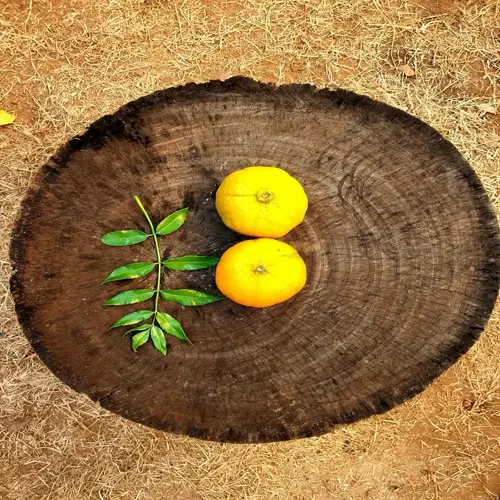What spacing tools give accurate measurements?

Written by
Michael Sullivan
Reviewed by
Prof. Samuel Fitzgerald, Ph.D.Proper spacing for pepper plants depends on having accurate measurement tools. I discovered that after hand-measuring all tasks in my first garden, it resulted in crowded plants, which led to poor development. More yardage sampling helps eliminate crowding in the roots, aids in avoiding diseases. It gets the most in quality and crop. Attempts at equipping oneself with suitable living implements are better than seasons of dissatisfaction and loss of crops.
Folding measuring rods offer compact accuracy when checking rows of plants. They are extendable devices that will lock at preset lengths, such as 18 or 24 inches. I carry one in my garden apron for instant verification. They will prove invaluable where large gardens cover more than one bed because careful accuracy is necessary. Strings marked off in knots are valuable when straight lines are desired.
Biodegradable paint marking pens allow for the creation of visible markers. No damage is done to the soil. Apply directly to the planting areas before digging. The color will disappear on its own in about 4 to 6 weeks. I use bright orange as it is obvious. I prefer this method over the stick markers that get bumped or moved during planting.
DIY Template Creation
- Cut cardboard to desired spacing dimensions
- Add handle for easy placement and removal
- Reuse for multiple planting seasons
String Grid Setup
- Stake corners at exact bed dimensions
- Run strings at 12-inch height intervals
- Mark intersections with colored tape
Tool Maintenance
- Clean measuring rods after each use
- Store paint markers upside down
- Replace frayed strings annually
Using cardboard templates will ensure that you get your spacing pattern the same. Cut durable cardboard pieces to your exact spacing dimensions with planting holes. I use diamond-shaped templates for my raised beds. These templates completely obviate the need to measure on busy planting days and store flat between seasons.
String grids serve as visual guides for laying out geometric patterns. Run twine between sticks at measured intervals. I use bright nylon twine for visibility. This system works particularly well for diamond patterns in raised beds. Remove the twine after the plants are established, but before the stems grow around it.
To achieve the highest level of accuracy, I utilize a combination of tools and techniques. First, I lay string grids. Next, I mark points with biodegradable paint. Finally, I check with measuring rods. This triply-verified system gives the correct spacing. Change the tools from year to year according to the species of peppers and the layout of your garden.
Read the full article: Pepper Plant Spacing Simplified

